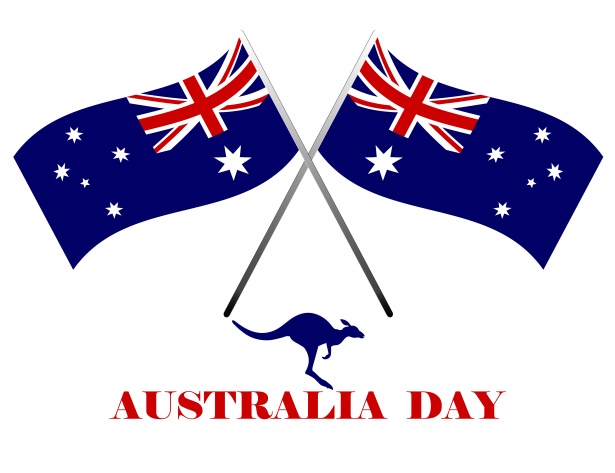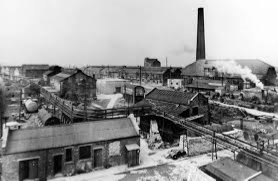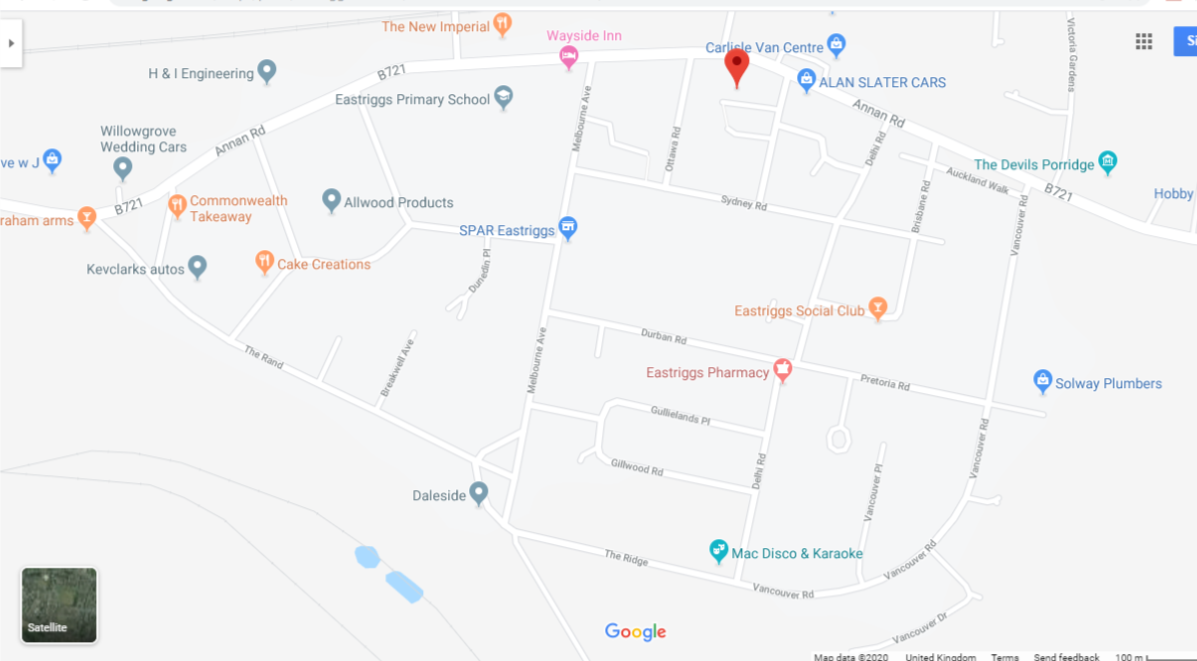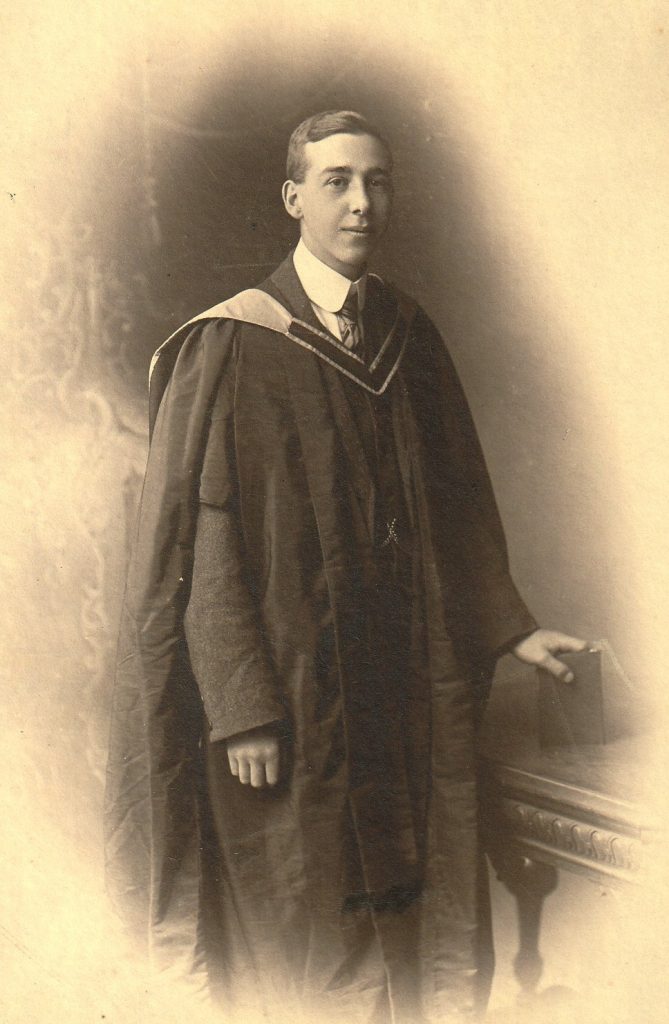
Worker of the Week is a weekly blogpost series which will highlight one of the workers at H.M. Gretna our volunteers have researched for The Miracle Workers Project. This is an exciting project that aims to centralise all of the 30,000 people who worked at Gretna during World War One. If you want to find out more, or if you’d like to get involved in the project, please email laura@devilsporridge.org.uk. This week volunteer Peter shares his research into his grandfather, Harry Marchanton Lowe.
Harry was born on 5th November 1890 in Manchester. His father, Francis, was a house painter who owned his own business and employed at least one man, and his mother, Elizabeth, worked as a teacher before her marriage. In June 1908, Harry began studying at Manchester Pupil Teacher College, following in the footsteps of his mother. He also made paint from raw ores; size and distemper for his father’s painting business.
In October 1909 Harry started to attend Manchester University, where he studied Chemistry, Physics, Maths, and German. Sometime after June 1912, Harry resigned from the College. He began working at Ironhirst Peat Works at Mouswald, before moving to Chance & Hunt H.M. Factory, Site B., Oldbury, Worcestershire in December 1915.
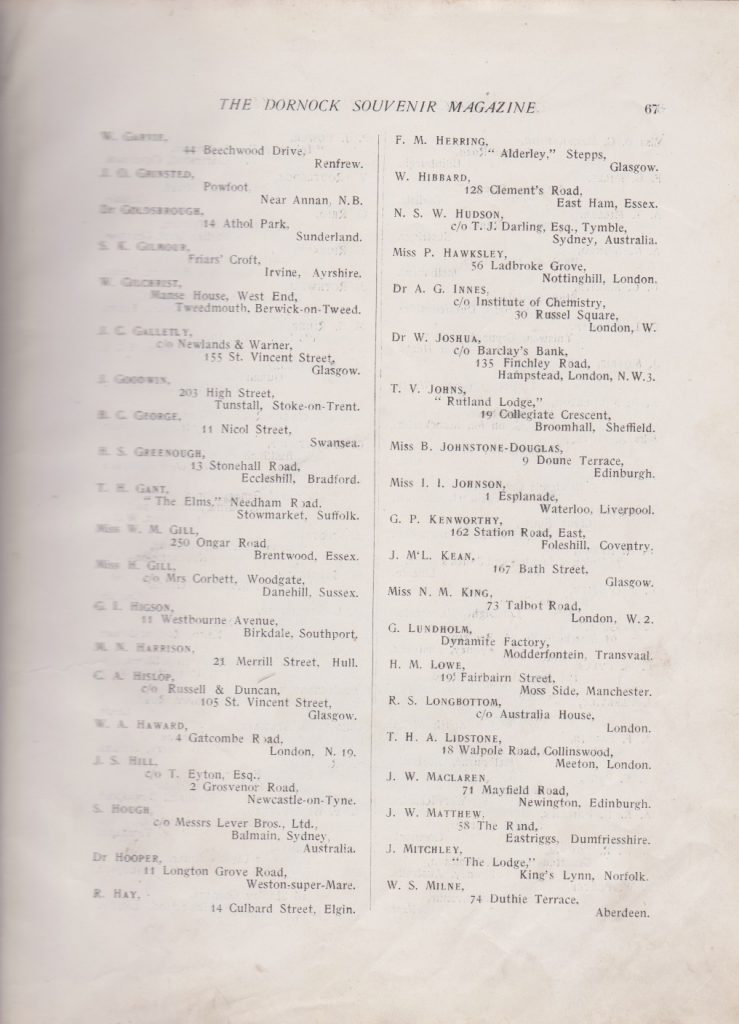
H M Lowe and his address mentioned in the Dornock Farewell, one of the staff magazines at HM Factory Gretna.
In August 1917, Harry married Jessie. They would have three children–Mary, Jessie and Alexander. Mary was born at Dornock, which was where Harry was working at the time–at HM Factory Gretna. Harry was in charge of explosives production, and he and his family lived on Falkland Road in Eastriggs.
Peter has a great collection of family stories relating to his grandfather.
Family stories:
- responsible for fire at St Pancras that destroyed much of station.
- recommended showers for all explosives workers before going off shift. However, there were vociferous complaints by the women against taking showers; they were afraid they would be spied on by the men and some felt it wasn’t natural to wash all over every day.
- recommended all explosive workers to be checked before starting to ensure no metal.
- recommended all explosive workers to wear garments without pockets.
- recommended all workers mixing chemicals wear a mask covering face and nose.
- A particular problem, he said, was that women would arrive with metal hairslides and hair pins in their hair and be very indignant when told to remove them.
- His daughter, Jessie, ‘remembered’ that he managed the stirring of the ‘devil’s porridge’.
- Invented or extended the “Noughts and Crosses” cipher, which although simple to use, is difficult to decode, especially when used in drawings.
- At Dorman Long, he worked on tar distillation and production of artificial fibres.
- He taught mechanics at a local WorkingMan’s institute.
- Devised lots of mathematical puzzles, including knight’s tours, crossnumber, and the puzzle now known as Sudoku (I think he called it NumberFit!).
- On his way to a conference, he stayed overnight at the County Hotel, Selkirk. He had a disturbed night because all night, a lady in a long white Victorian dress walked past the foot of his bed and out through the wall. He mentioned this to the hotelier the next morning, who begged him not to tell anyone and cancelled his bill. The current owner is a Norwegian. He hadn’t heard this story but he did say that other guests (before he took over) had seen ghosts.
- Claimed to be English Draughts Champion but name doesn’t appear in English Draughts Association’s list of champions, however I never saw him lose a game of draughts.
- I saw an article in Boys Own Paper (the 1898 volume) about how to make a bang. I tried it and there was no bang. I told my grandfather and he told me I was very lucky to be alive. He demonstrated how to make it safely and properly. He put some on a tree stump, threw a stone and nothing happened. He threw a very heavy hammer at it and there was a loud bang. It destroyed the hammer and split the stump. “That could have been your hand or head” he said.
- Was intensively competitive, especially at Scrabble
- Spoke and read German and went to conferences in Europe.
- Around 1935, on the road near Foyers, while dealing with a puncture, saw Loch Ness monster carrying off a lamb.
In 1946, Peter was elected as a fellow of the Institute of Chemistry, and in 1954 he retired. He passed away in St Albans in 1979.

